Over the last few years, I've learned a lot about growing vegetable, herb, and flower starts indoors. The first few years I just put them under my dining room light and a lamp and wondered why they were so spindly and weak looking. Why they often times died. Then I realized that they must not be getting enough light.
We have a grow store nearby that sells lighting, plant food, light stands, trays, and more for growing plants indoors. A good amount of it is targeted to marijuana growing (which is legal in my state), but is also excellent for growing your seedlings indoors.
Lighting setup
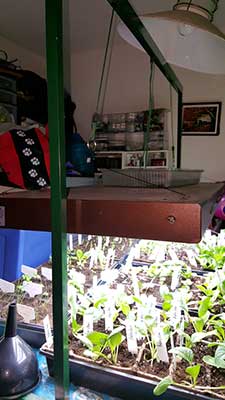 I went in and talked to an employee and explained what I was doing. They sold me a Hydrofarm 4' light that has 6 tubes as well as a 4' Jump Start stand that can hold the light. This pretty much covers my entire dining room table, even when I have in the leaf. I absolutely love this light. It is amazing the difference between when I was just growing them under a lamp and when I got a real grow light. The plant grow stronger, bigger, and faster than under just a plain old light.
I went in and talked to an employee and explained what I was doing. They sold me a Hydrofarm 4' light that has 6 tubes as well as a 4' Jump Start stand that can hold the light. This pretty much covers my entire dining room table, even when I have in the leaf. I absolutely love this light. It is amazing the difference between when I was just growing them under a lamp and when I got a real grow light. The plant grow stronger, bigger, and faster than under just a plain old light.
This will be the third growing season that I've used the lamp and stand. They've served me well. And when we had an issue with some of the connectors breaking on the stand, Jump Start sent me new ones at no charge. Excellent company and I love their products. Thus far I have not had to replace any of the bulbs and I have my light on about 12 hours a day for a few months. I haven't noticed much of an increase in our electricity from them, either.
This year I decided to increase the amount of seedlings I can grow at a time, so I purchased a heavy duty shelf at Home Depot, some chains and s-biners to hang the lights, and some more 4' grow lights. I originally planned to do one light per shelf for 3 of the shelves, so I bought three lights. But after hanging them, I realized that I wasn't getting quite as much light as I might like when the lights were down low, so I decided two lights per shelf might be best. So I went ahead and set it up that way. I currently have two shelves covered and will be purchasing two more sets to do a third shelf. The other two shelves are being used for storage, such as seeding soil, trays, tray lids, and pots.
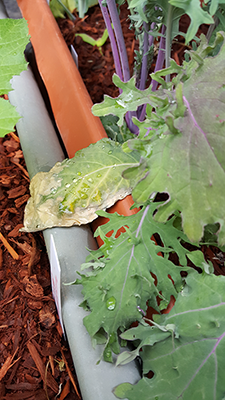
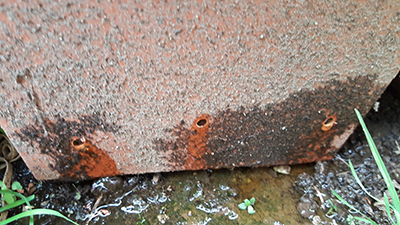


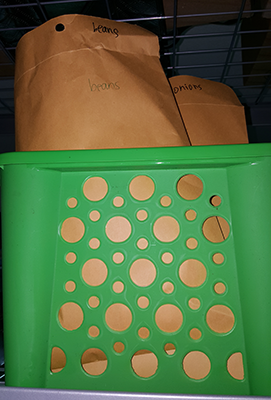

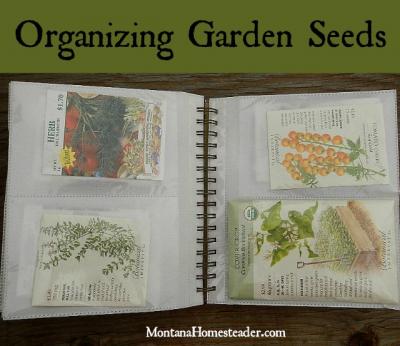
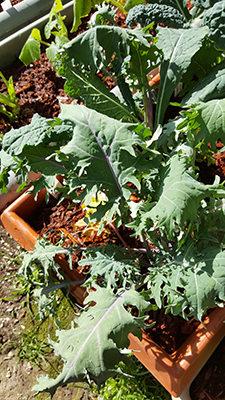
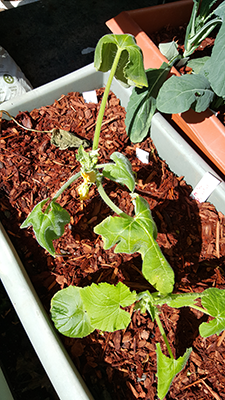
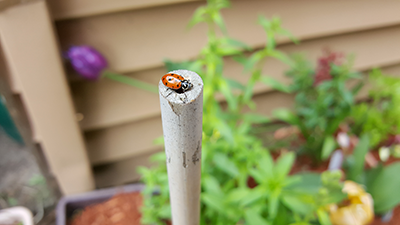
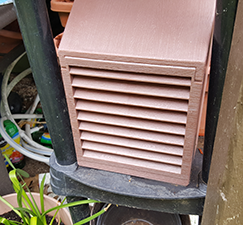
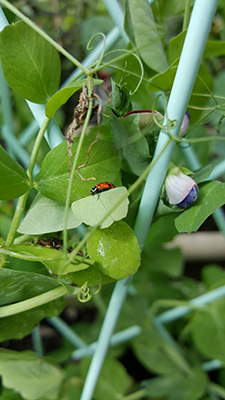
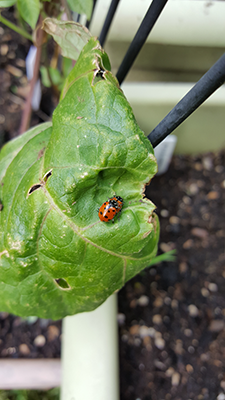
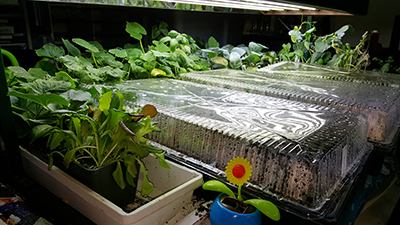
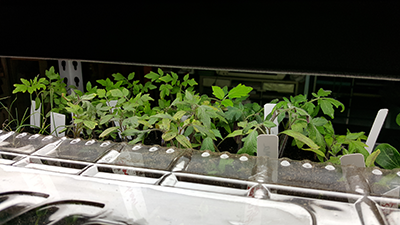
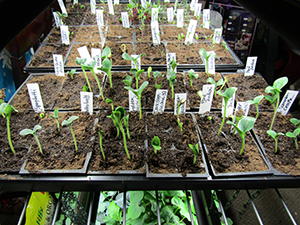 A lot of people want to grow their own vegetables, fruit, and herbs, but don't know where to start. It's taken me several years, but I've gotten pretty good at it. I continue to improve and learn from others and will be even better once I'm in a house where I can plant in the ground and have more room to work.
A lot of people want to grow their own vegetables, fruit, and herbs, but don't know where to start. It's taken me several years, but I've gotten pretty good at it. I continue to improve and learn from others and will be even better once I'm in a house where I can plant in the ground and have more room to work.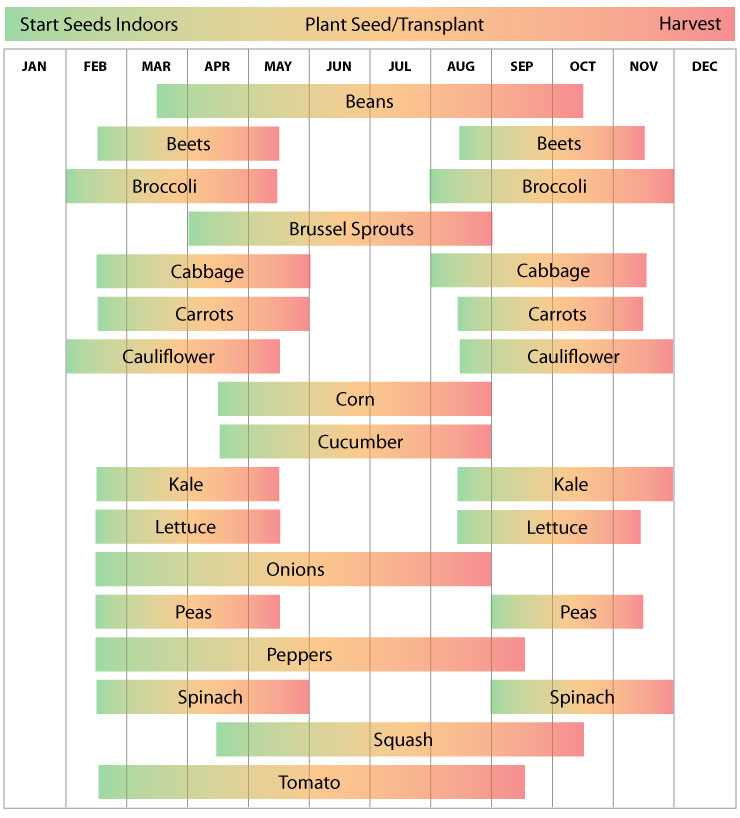
 I went in and talked to an employee and explained what I was doing. They sold me a
I went in and talked to an employee and explained what I was doing. They sold me a 










